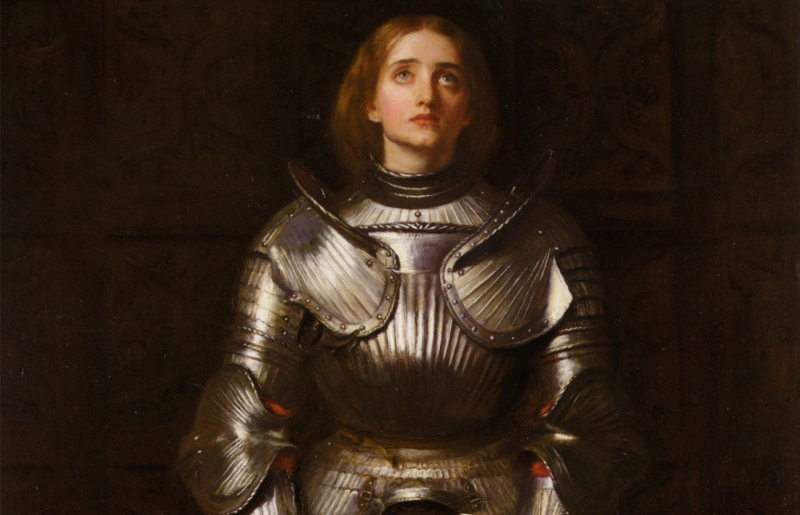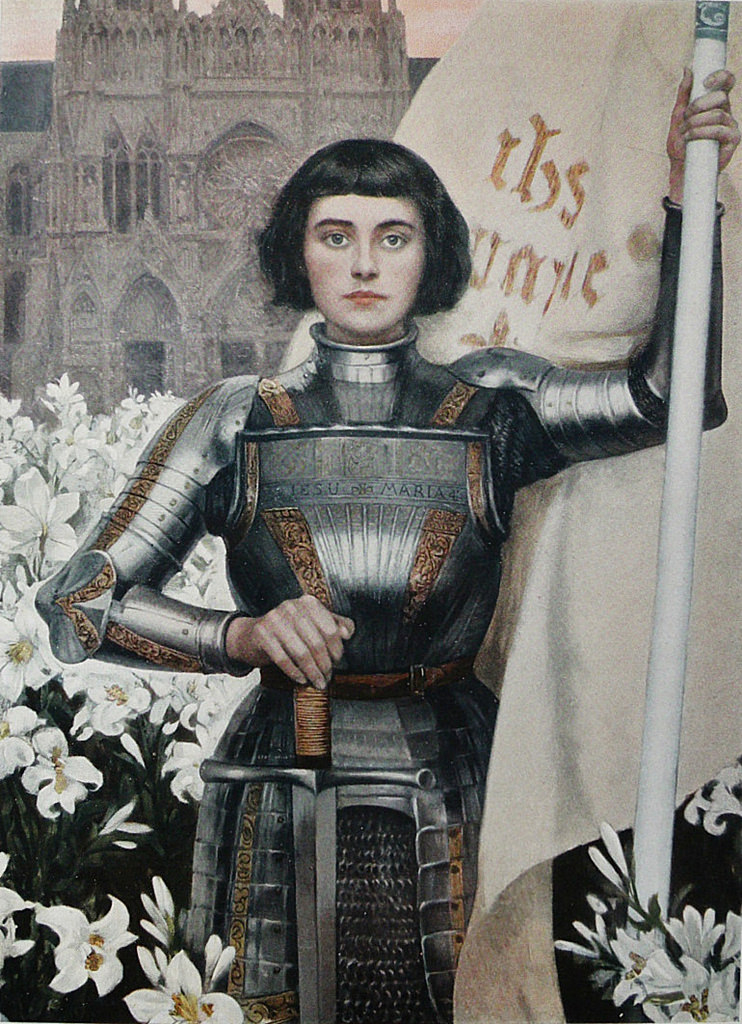She Dressed In Men’s Clothes
From the time of her departure to Chinon until her abjuration, Joan tended to dress more like a man than a woman. She also got a short, masculine haircut for her hair. In 1909, the bob hairstyle was invented in Paris, and Joan served as its model. She gave her hair a masculine crop. Joan was supposed to have worn a black doublet, a black tunic, and a short black cap as she departed Vaucouleurs to see the Dauphin in Chinon. She had a more fancy attire by the time she was arrested. Joan was not documented as providing a legitimate justification for her cross-dressing during the trial procedures. She claimed that she chose to dress in men's clothing and that God and his angels had ordered her to do so, not because they were asking her to. When she had completed her calling, she said she would go back to wearing women's clothing.
One of Joan's main allegations at her trial was that she had been transgender. The assessors believed it to be the symbol of her heresy. When Joan was discovered to be wearing men's clothing once more, it was assumed that she had relapsed after hearing her voices once more. This was the beginning of Joan's last sentencing.
The Church's stance on Joan's cross-dressing was unclear, despite the fact that it was used as justification for her execution. Cross-dressing was considered sinful in general, but there was disagreement over how serious it was. Also permitted were exceptions. Jean Gerson asserted that Joan's male attire and hairstyle were fitting for her calling shortly after the siege of Orléans was lifted since she made herself known as a fighter and men's clothing was more functional.











